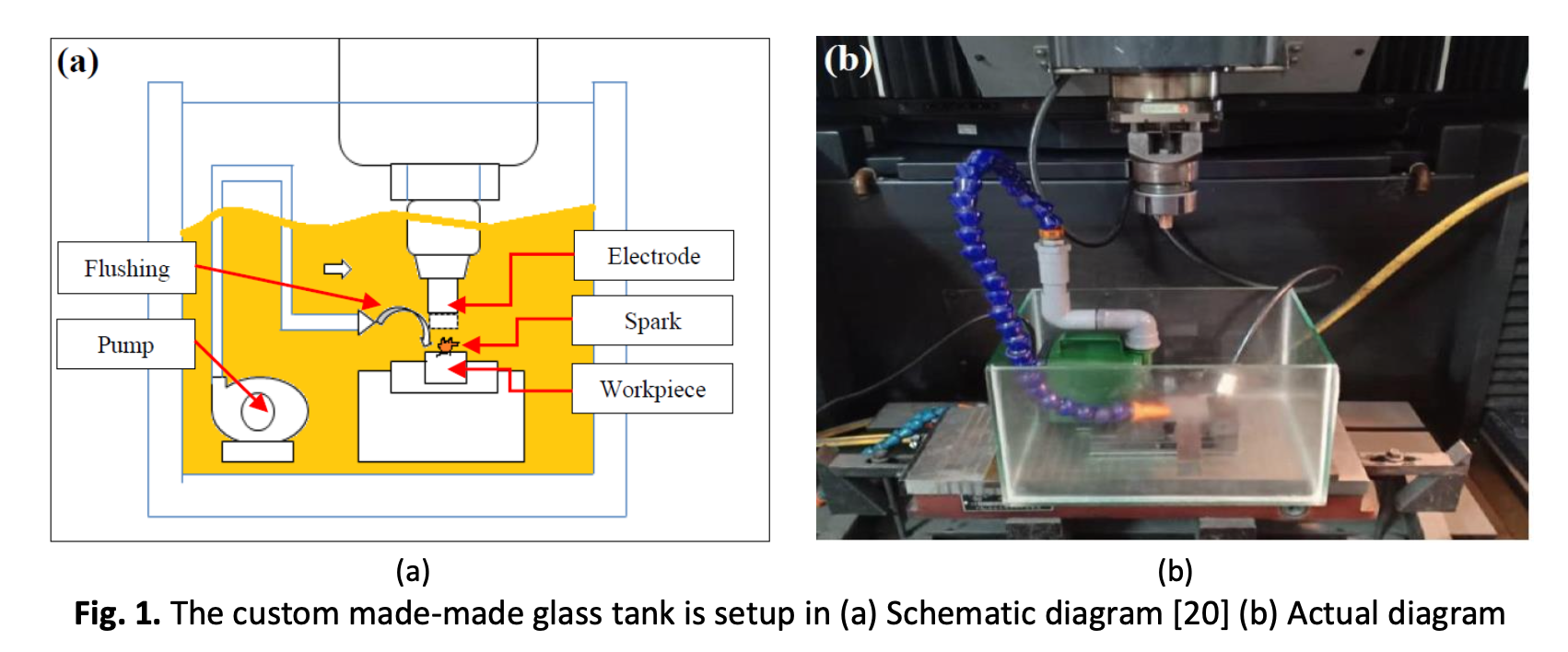Electrode Wear Rate of RBD Palm Oil as Dielectric Fluids on Electrical Discharge Machining (EDM) at Different Peak Current and Pulse Duration of Titanium Alloys
DOI:
https://doi.org/10.37934/arfmts.112.2.5463Keywords:
Electrode wear rate, electrical discharge machining, titanium alloys, RBD palm oilAbstract
Electrical Discharge Machining (EDM) is a widely utilized commercial method for generating a variety of forms of materials that are used as the fundamental material in a wide range of industries. Vegetable oil as the dielectric fluid is one technique for assuring EDM's long-term viability because it is ecologically benign and biodegradable. This article presents experimental investigations on the influence of electrical discharge machining (EDM) input parameters on electrode wear rate (EWR) while using EDM oil and vegetable oil as dielectric fluid. Kerosene which is known as conventional oil for EDM has been used as a benchmark to compare the feasibility of the EDM process by using a different type of dielectric fluid which is RBD palm oil. Peak currents (Ip) in the 6 to 12A range and pulse durations (ton) in the 50 to 150 µs range were chosen as the major factors for this study to improve the efficiency of EDM operation. Scanning electron microscopy (SEM) was used to observe the morphology surface characteristics of the copper electrode and the migration of workpiece material elements to the tool electrode. The EWR increases with increasing peak current, although it is inversely related to pulse duration. The lowest EWR for kerosene and RBD palm oil is 0.0416mm3/min and 0.0480mm3/min, respectively, at the same IP=6A and ton=150µs. Simultaneously, the highest EWR for both kerosene and RBD palm oil was at the same IP=12A and ton=50µs, which is 0.1725mm3/min and 0.2425mm3/min, respectively.
Downloads
































